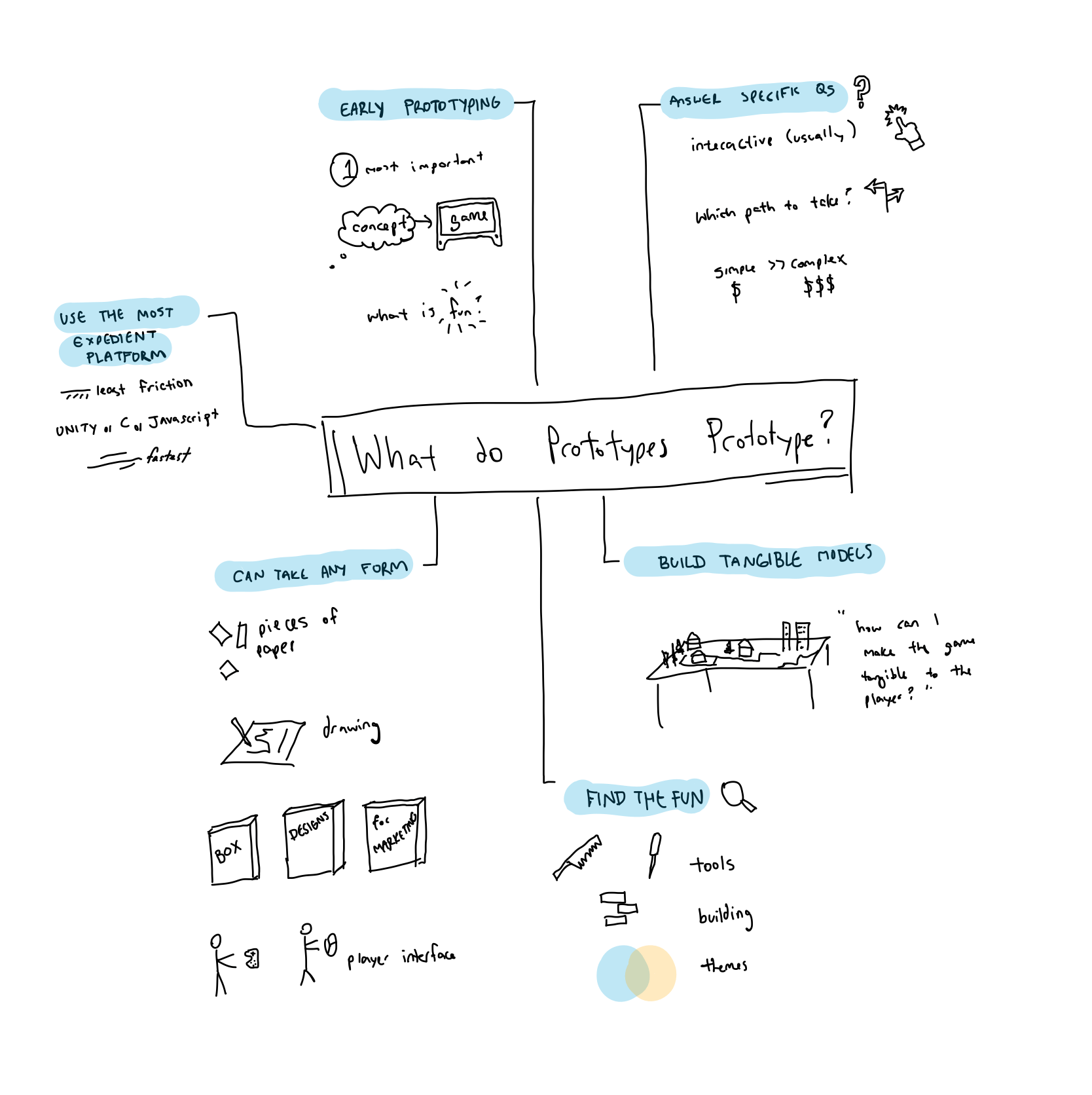Background: Our team is working on Worrywrecker: a card-prompted “getting-to-know-you” style game designed for creating new connections by sharing fears and worries within a group setting.
1. How do we balance honesty/intimacy and fun? What types of fears/worries do people like to discuss? What topics should be avoided?
Talking about fears and worries isn’t always fun. We want people to have fun, honest conversations, without sparking extreme negative emotions as people recount personal topics. To address this question, we may create different sets of questions and test them on each other. Then, we can rank the quality of the discussion from an outsider’s perspective, the player who drew the card’s perspective, and the perspective of the other players. I predict that the best questions will allow for various player responses regarding intimacy/honesty.
2. How can we incentivize creative problem-solving?
Our current design has the players explaining/discussing each solution and then voting on a “winning” solution. But to encourage problem-solving, we should promote synthesizing and generating new solutions. We can test this with two playthrough versions of the game, one with the current design, and another with an additional “bonus” level where players can gain more points by combining their solutions – but we need to work on these mechanics and rules as a team. I hope this bonus level will help us achieve our game’s goal, but I worry it may impact how “fun” the game feels.
3. How many “difficulty” levels should we include and how should we represent them?
Some questions are going to be harder to answer than others. Depending on the group, not everyone will want to reveal their deepest worries and fears, so we want to give players the flexibility to take initiative over their game experience. We’re considering using specific colors or symbols to showcase the different card levels. I predict that 3 levels will be adequate, and a symbol on the back of the card will be most effective for a cohesive theme while providing enough information to players.
4. Should we include time limits?
The conversation of the group makes this type of game. What should we do when there’s a good conversation going on and the players aren’t ready to switch topics? To answer this question, we may playtest the game with different time limits (placed in different “steps” of the game). I predict that time limits will be necessary to keep the game moving and stimulating.




